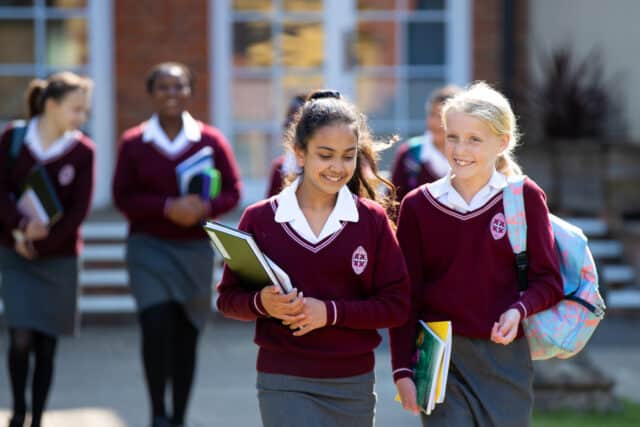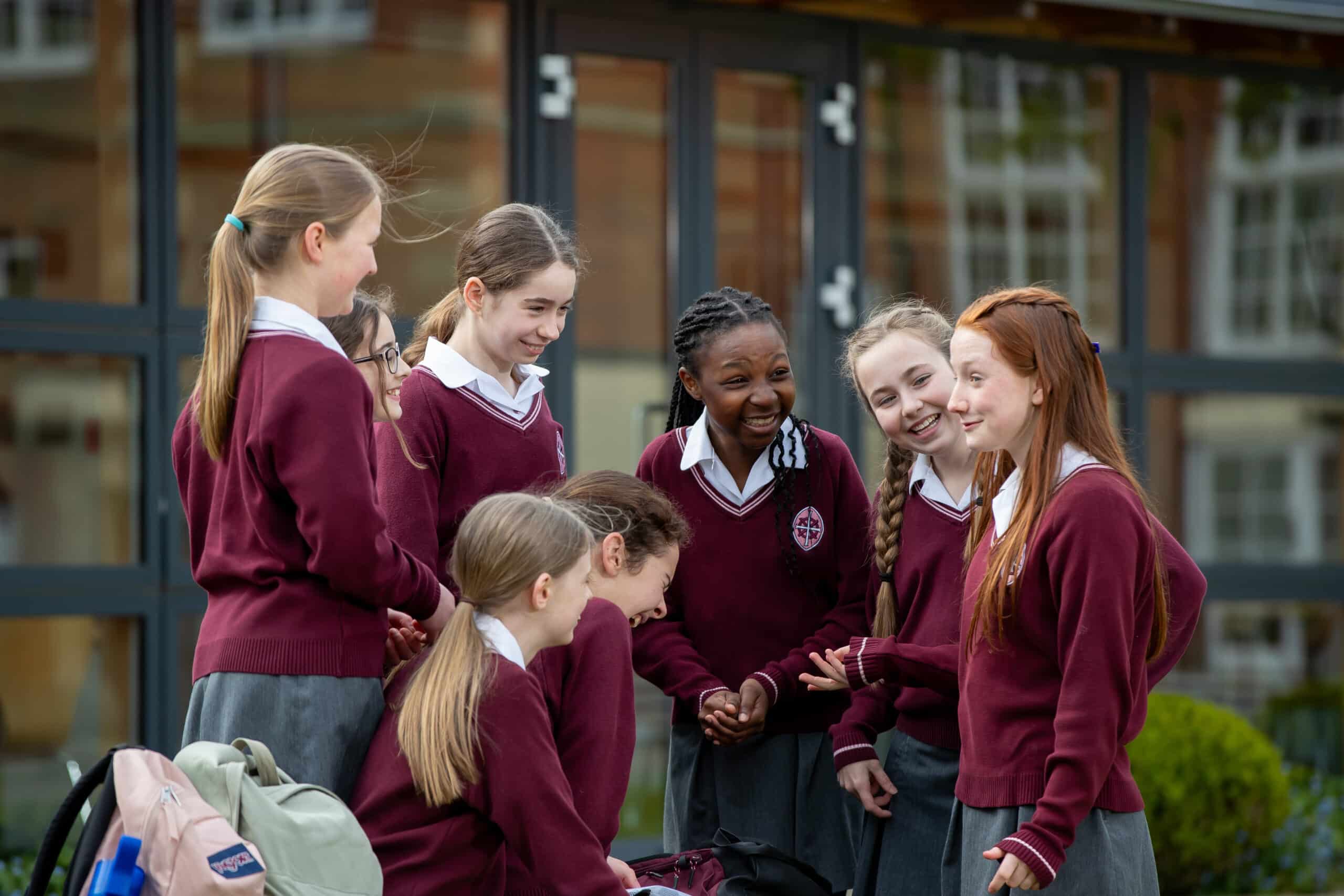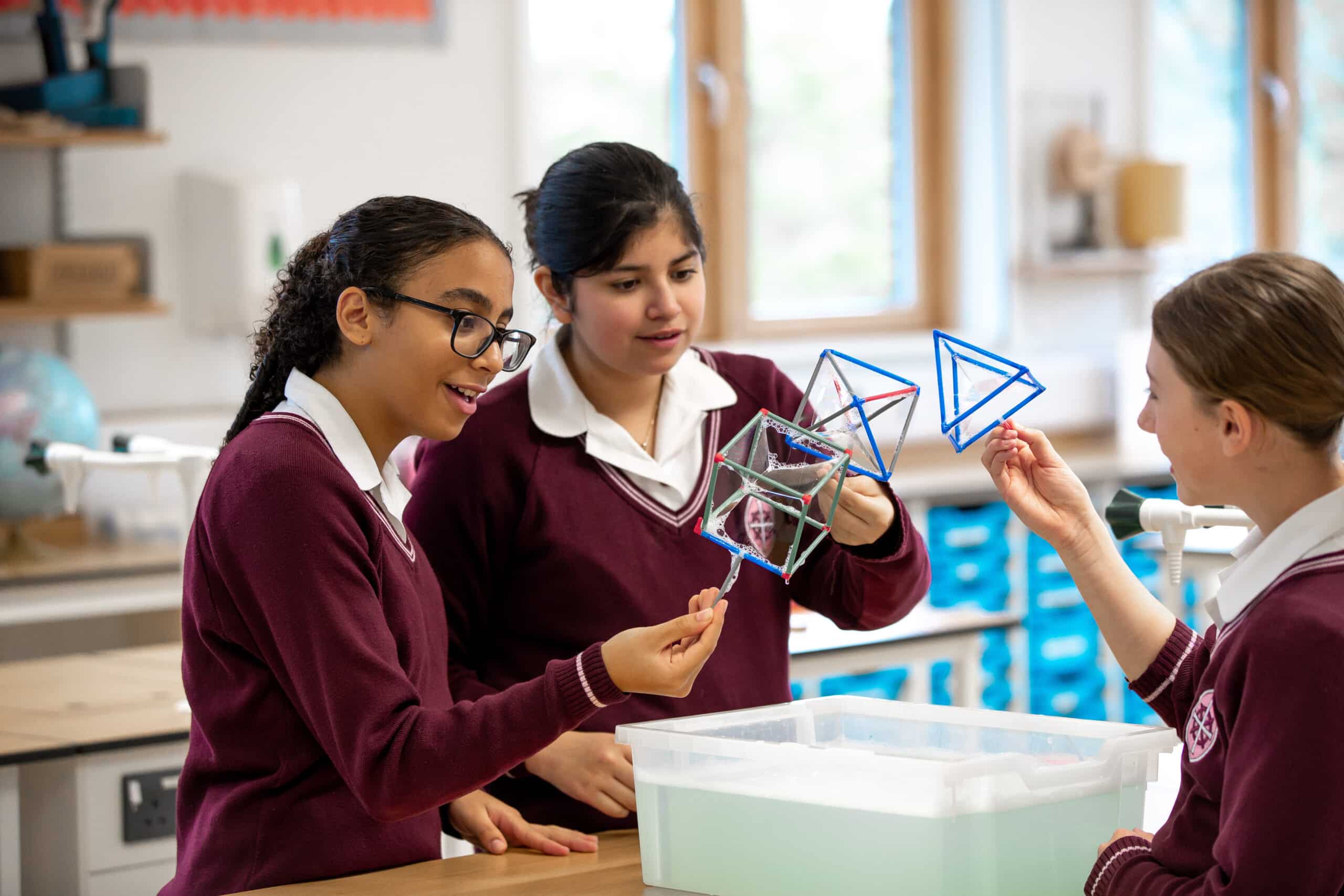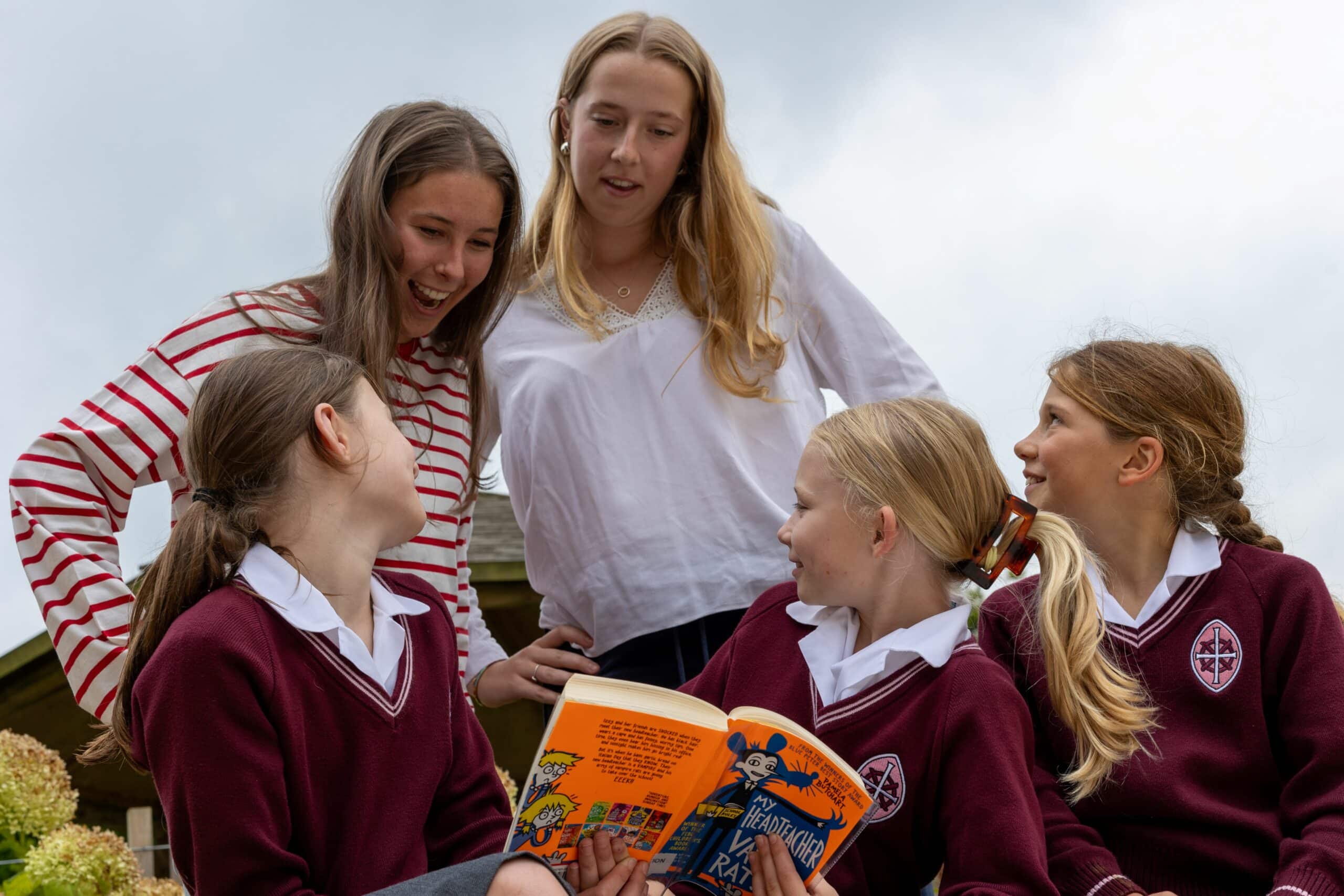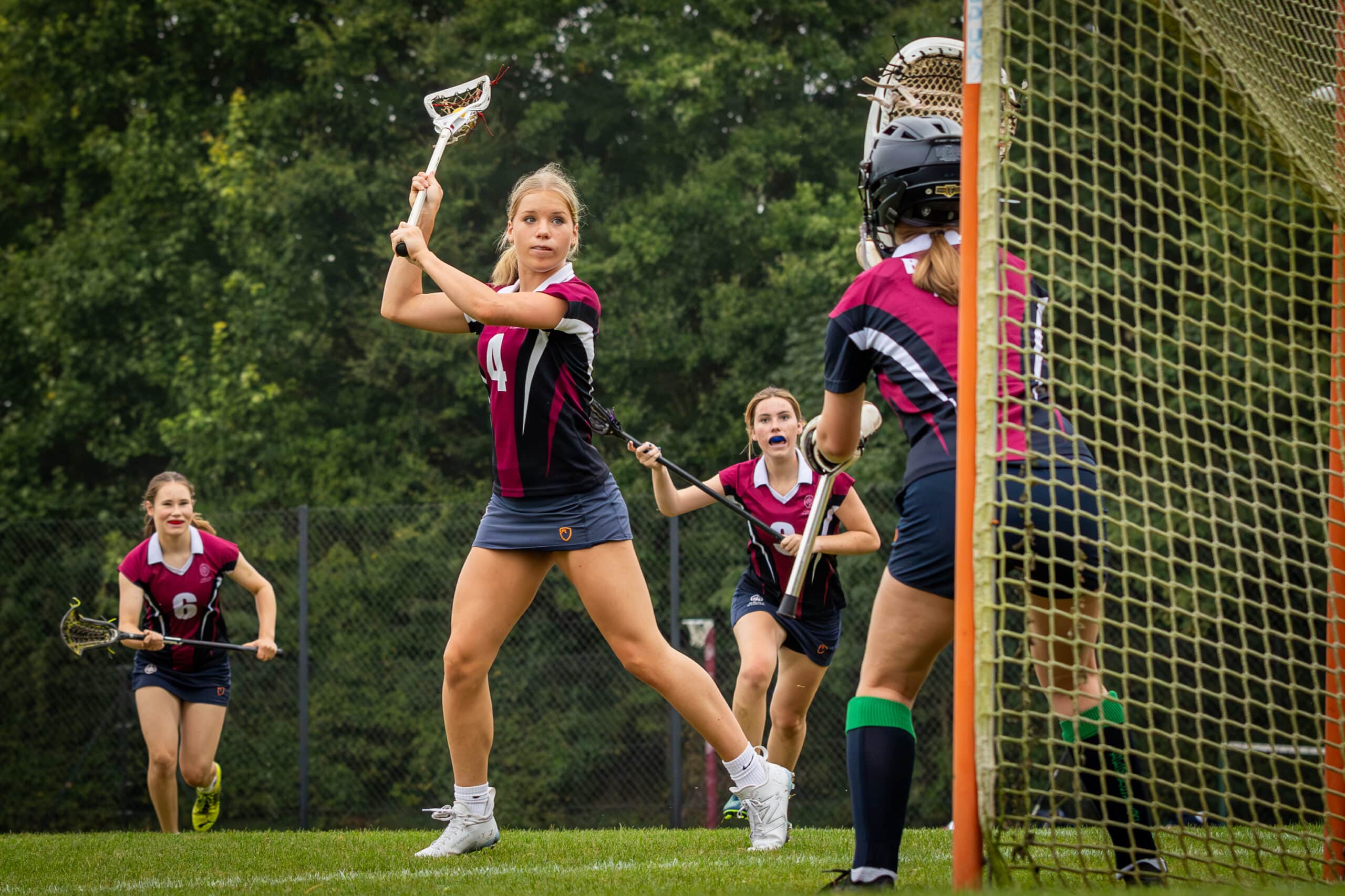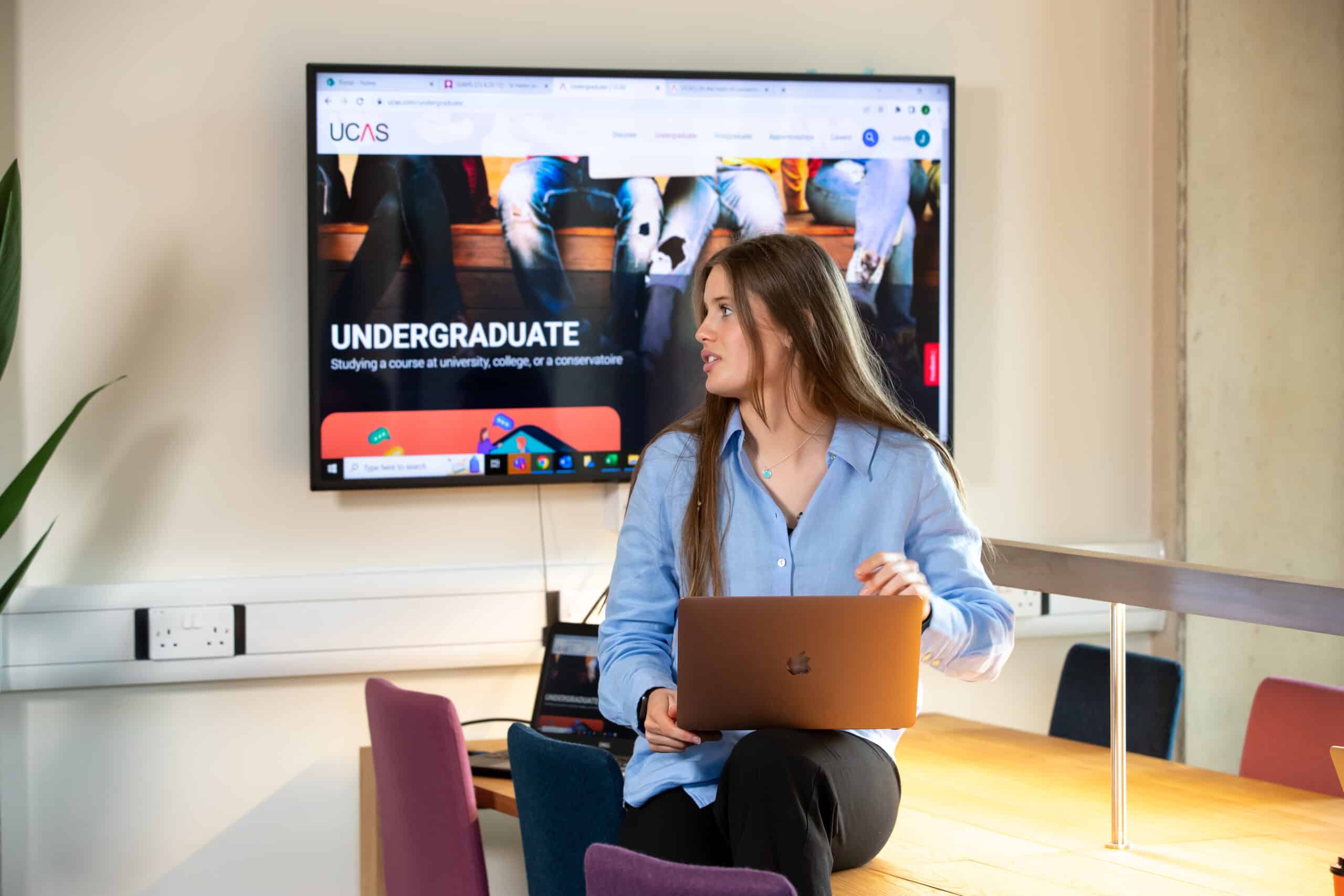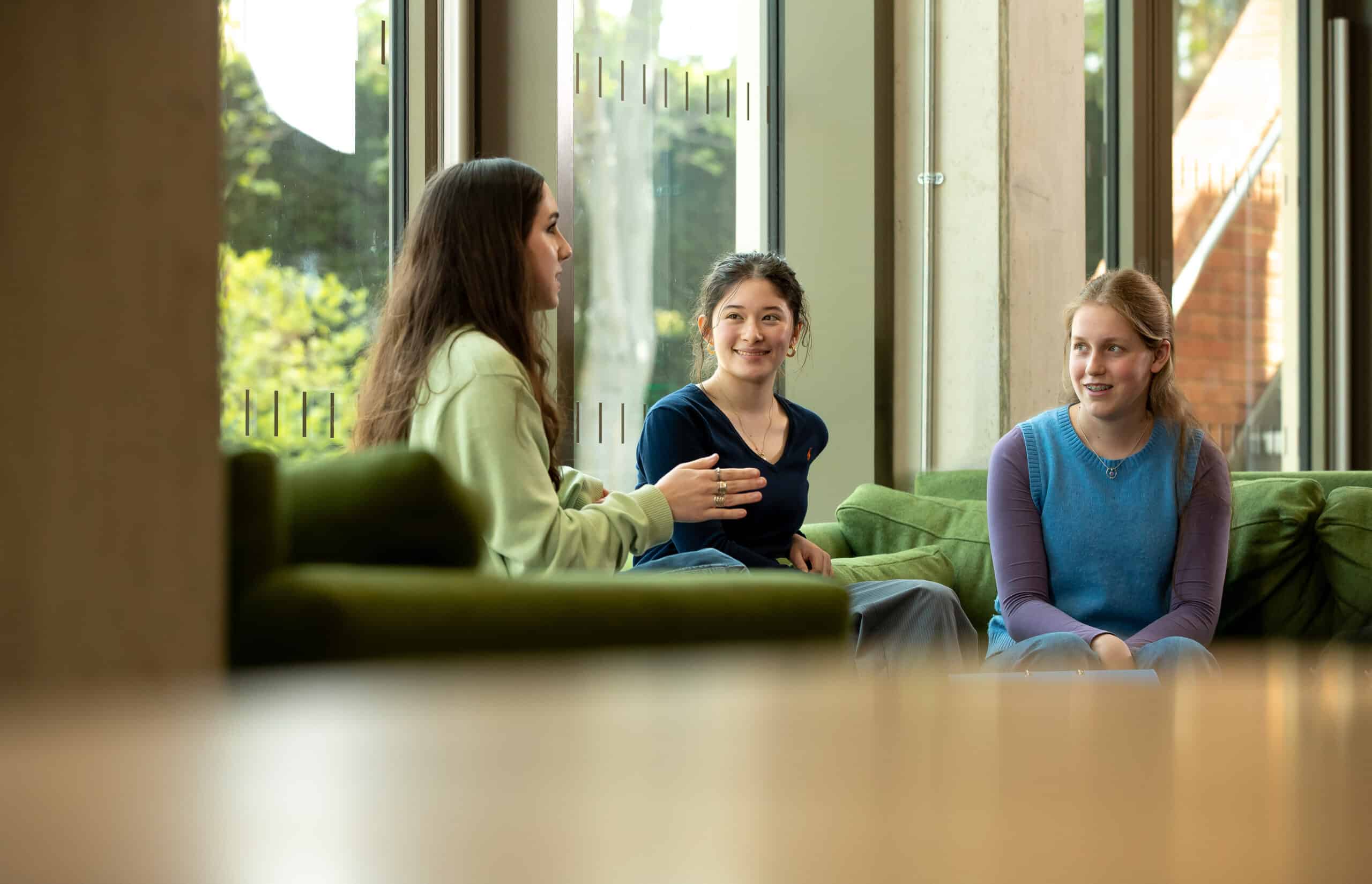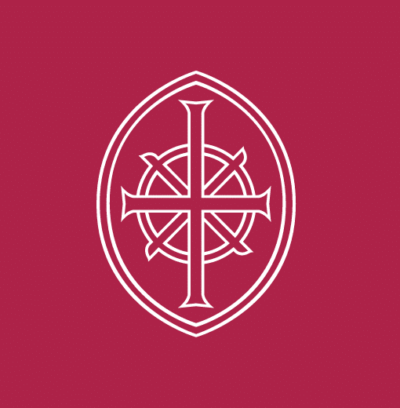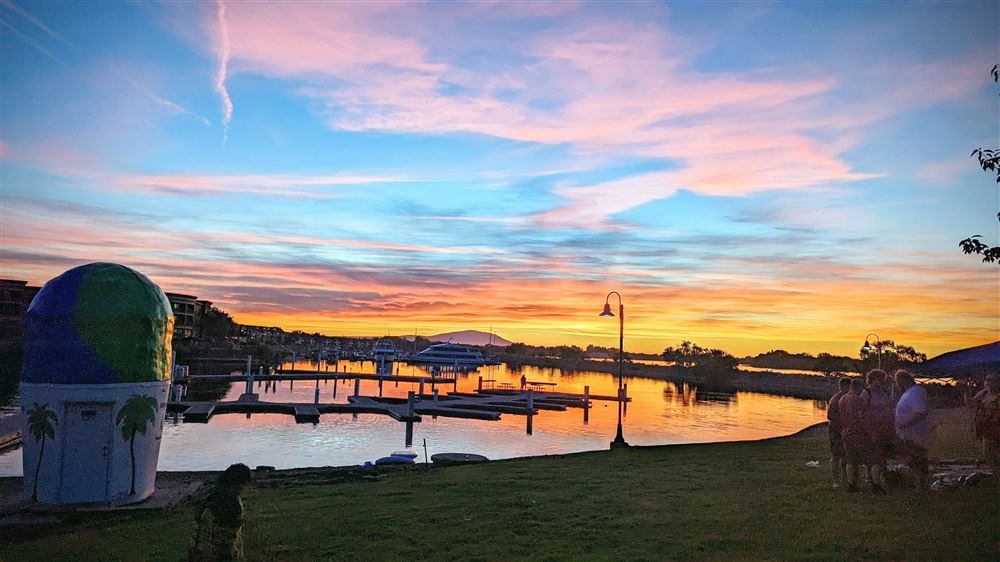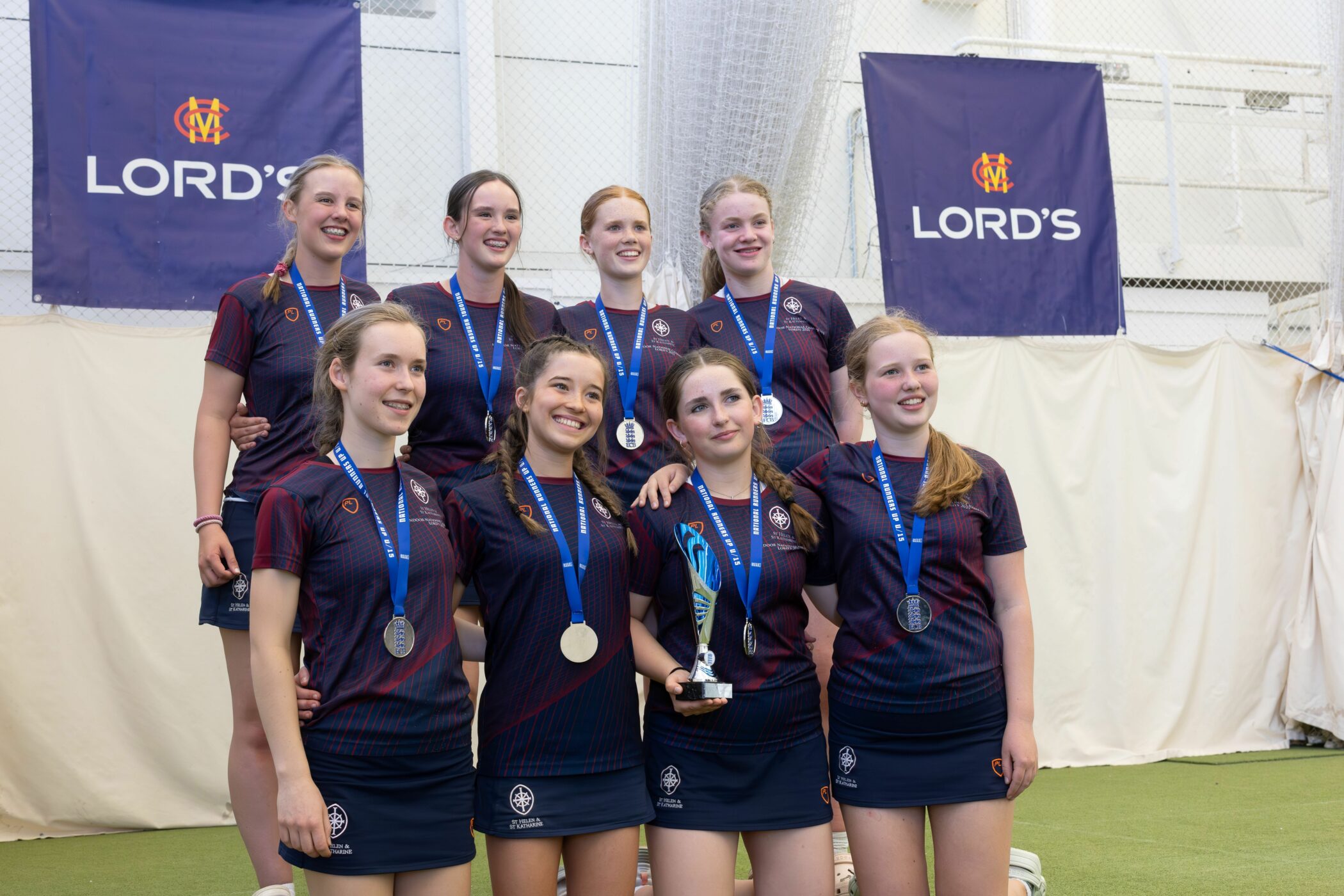September 2022
At St Helen’s, some of our teachers do not stop! Miss Shuter spent her summer at the Laser Interferometer Gravitational-Waves Observatory (LIGO) in North America to make her physics lessons even more spectacular – read the full article to find out more.
This summer I was lucky enough to gain a place on the International Physics and Astronomy Educators Program at LIGO in Hanford, Washington State. LIGO was first imagined in the 1970s as a theoretical method of measuring gravitational waves mainly by Rainer Weiss and Kip Thorne, however many physicists in the community at the time suspected that the required sensitivity to measure gravitational waves would never be achieved. In September 2015, over 25 years after LIGOs initial funding proposal was approved, the first detection of gravitational waves was confirmed.
Gravitational waves are a consequence of Albert Einstein’s Law of General Relativity. When massive objects change dramatically (ie two black holes colliding), the shape of space-time around them changes due to the changes in gravity. This change of shape then ripples out across the universe.
On the IPA Teachers Programme, we spent the week focusing on how we could bring lessons from LIGO into the classroom. We attended lectures on general relativity (a return to university lectures for me!), visited the observatory control room, drove down the 4km interferometer arms, visited the site of the first polonium enriching reactor (part of the Manhattan Project), discussed multi-messenger astronomy, trialled classroom activities and all the time discussing our ideas with new peers and the LIGO scientists. A particular highlight for me was a talk on the future of gravitational wave observatories and how what we learn from the detectors can inform our picture of the universe.
Miss Shuter, Physics

